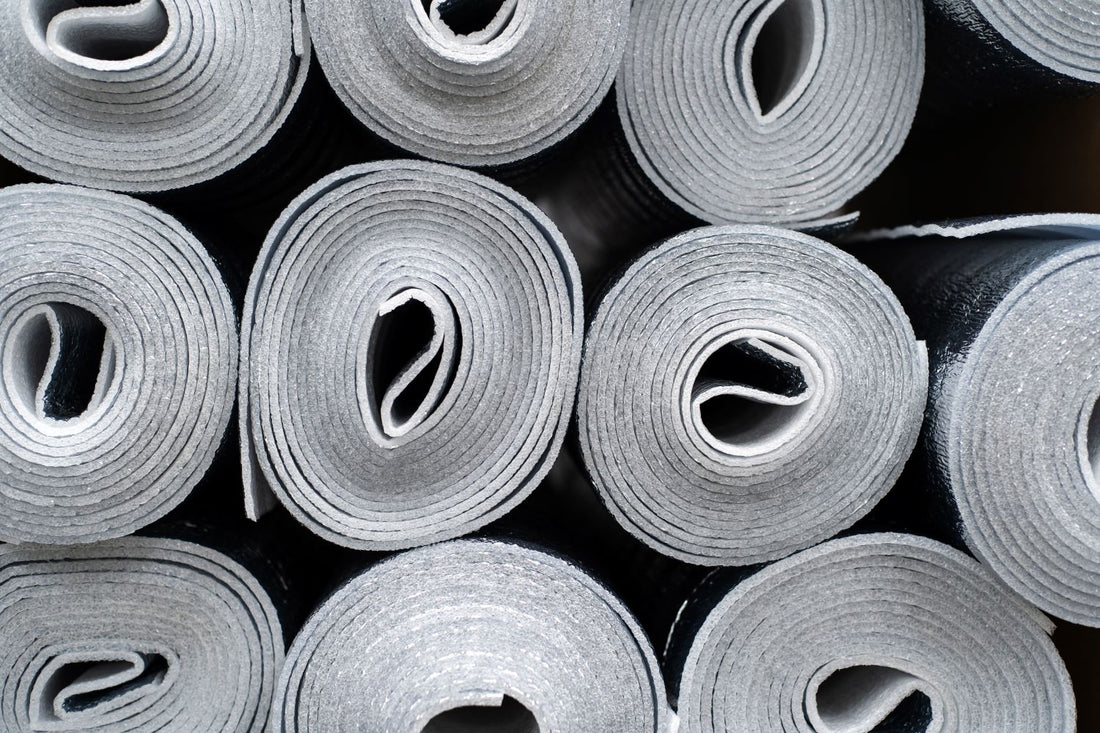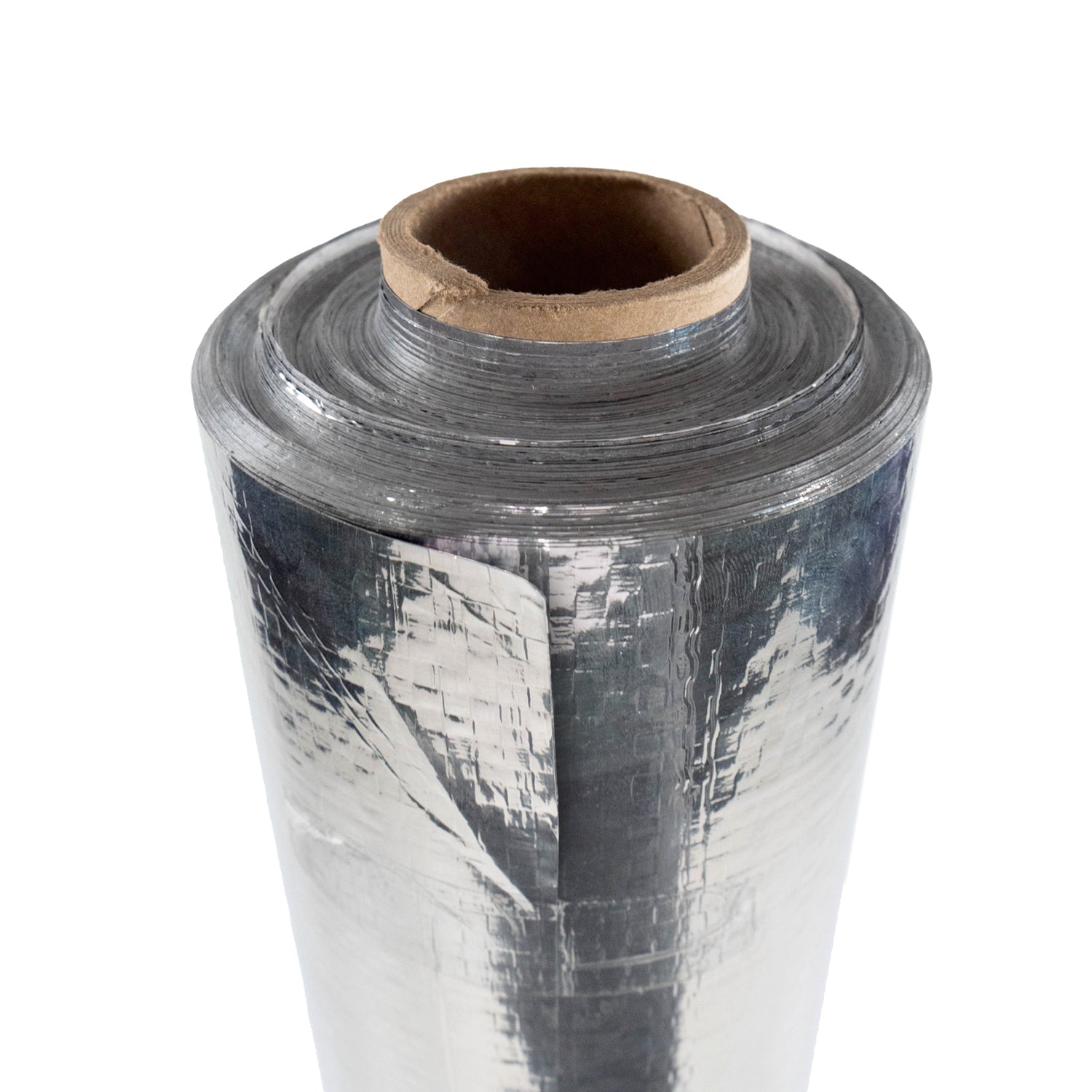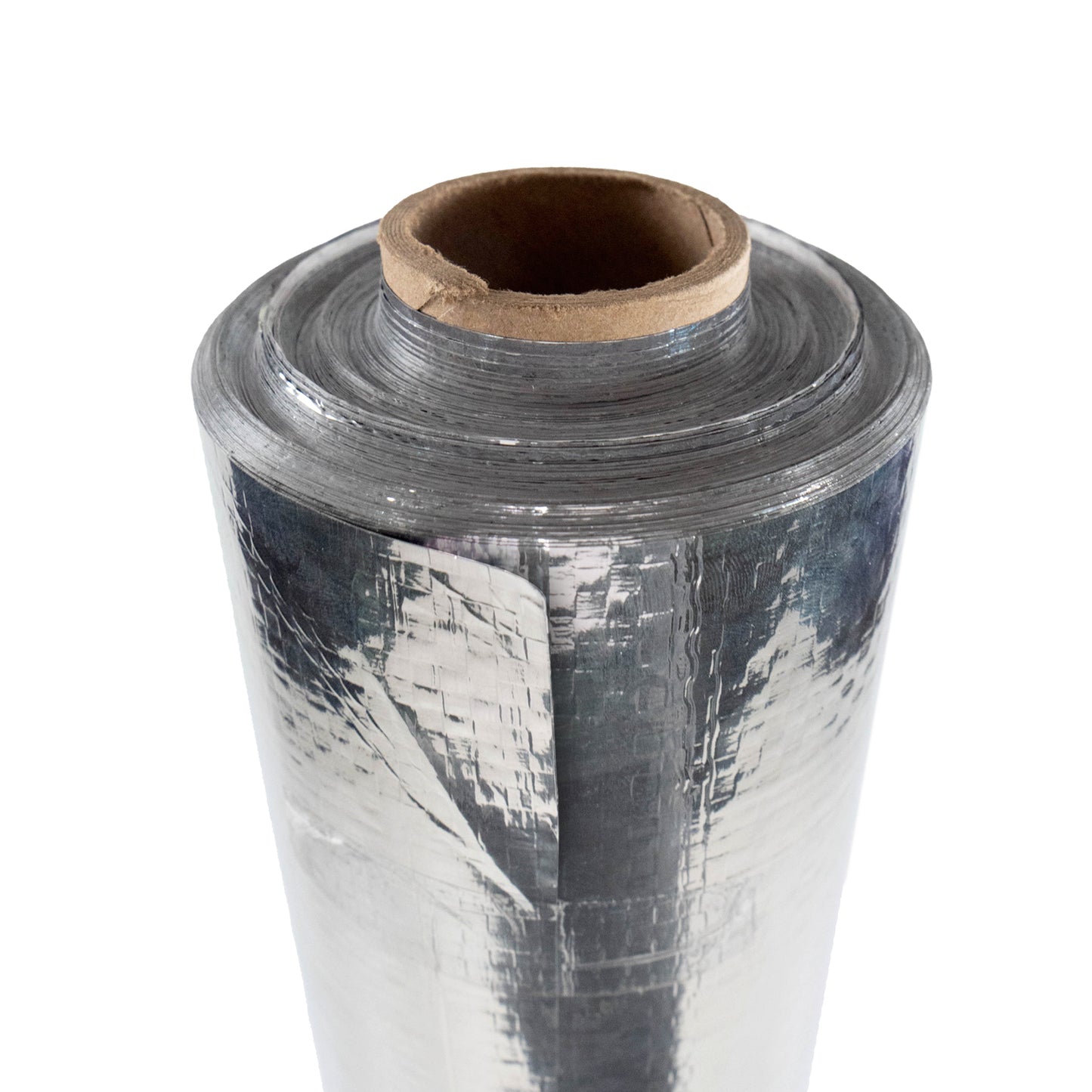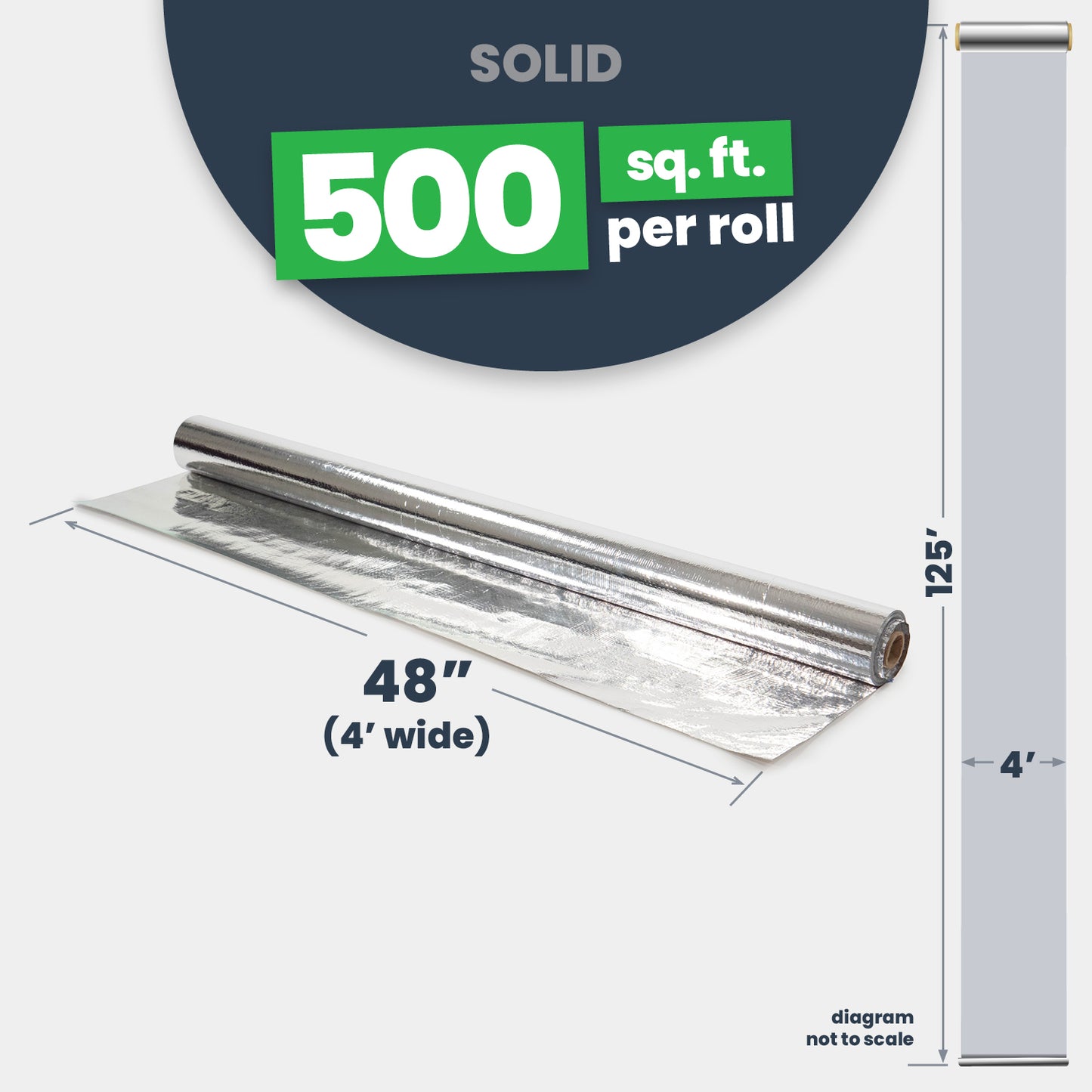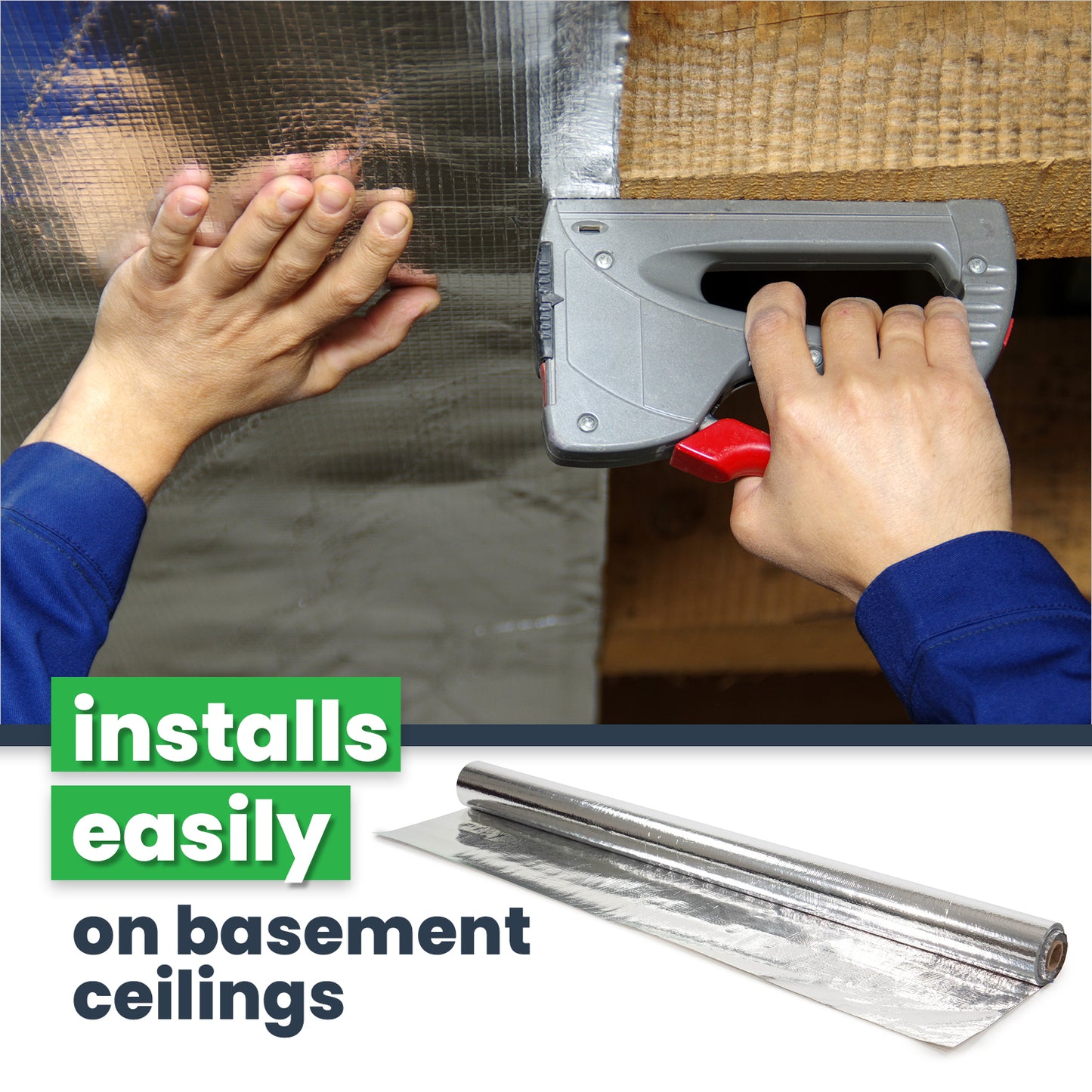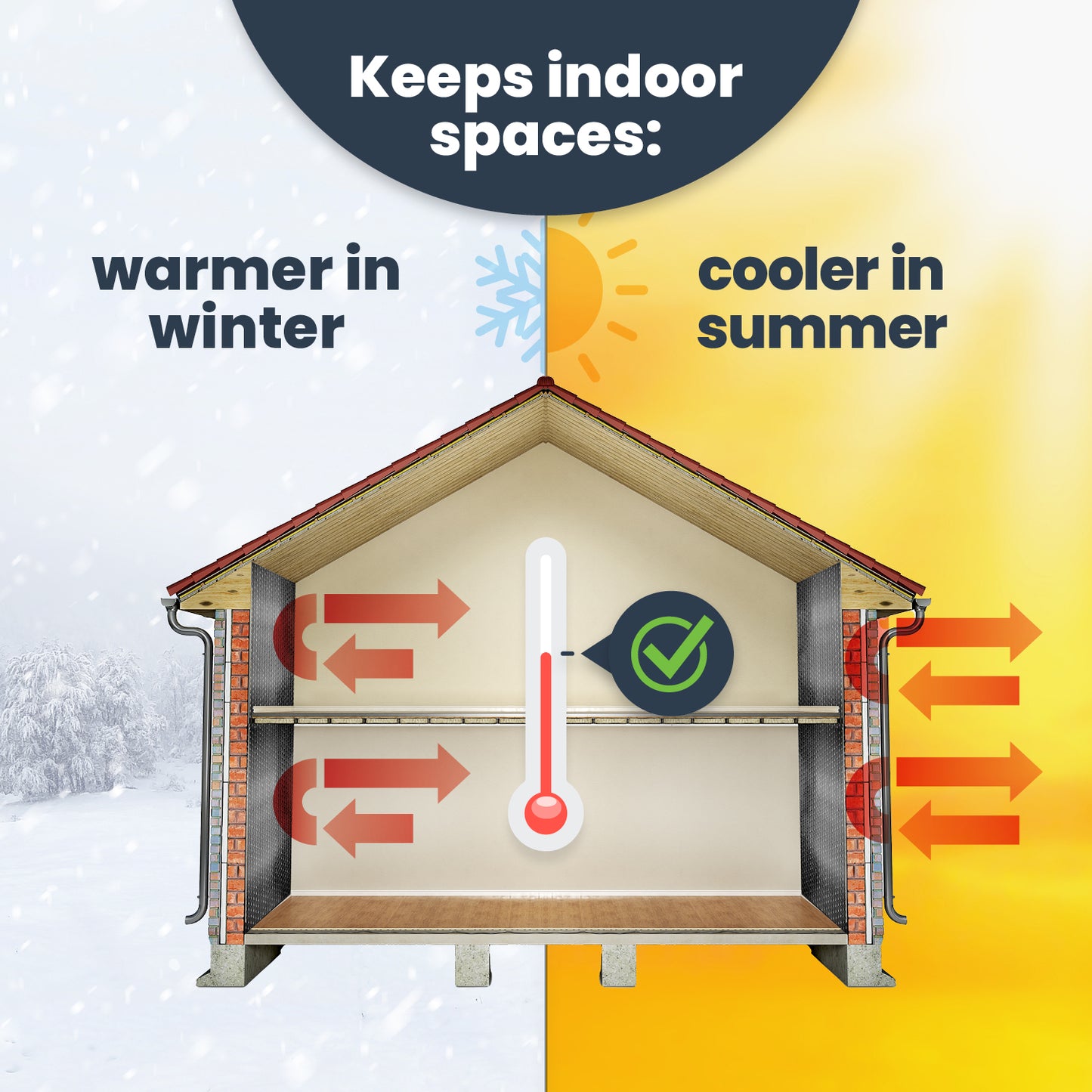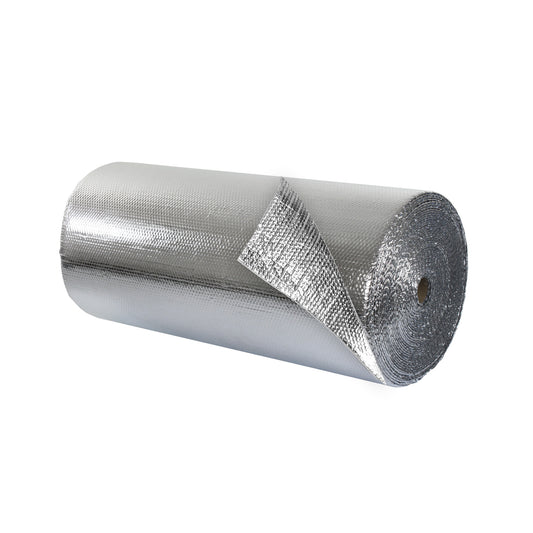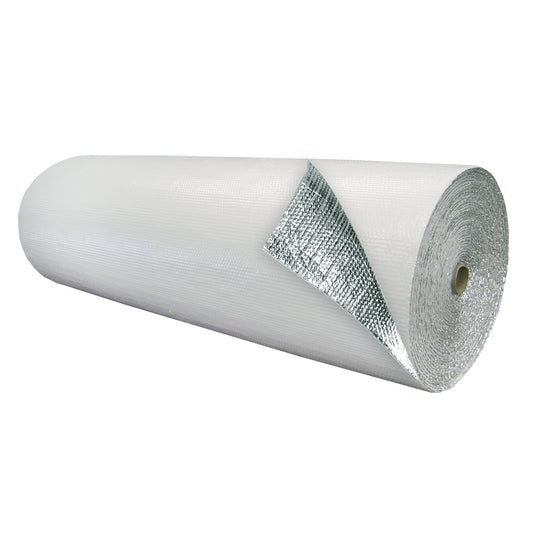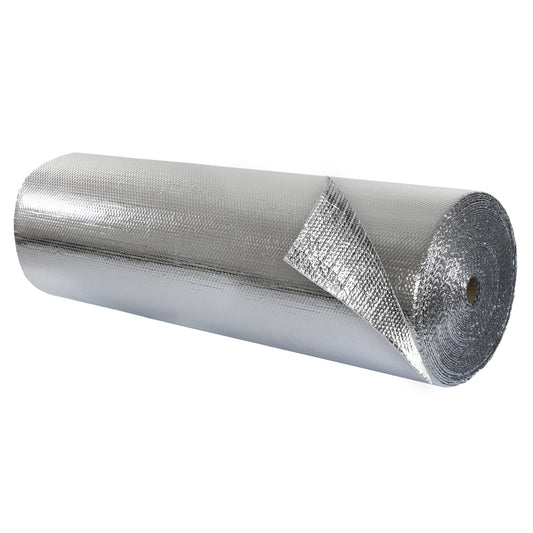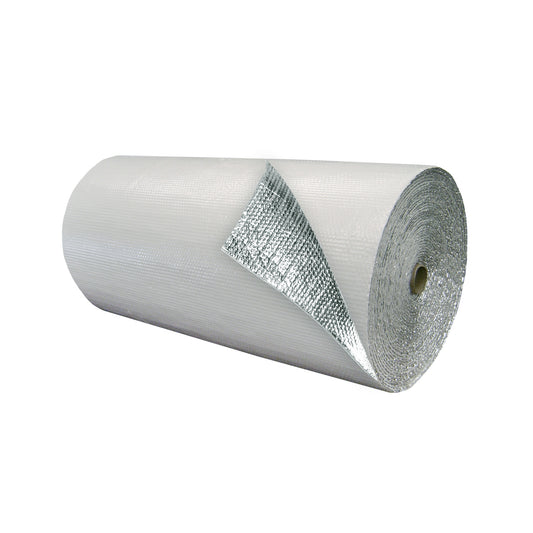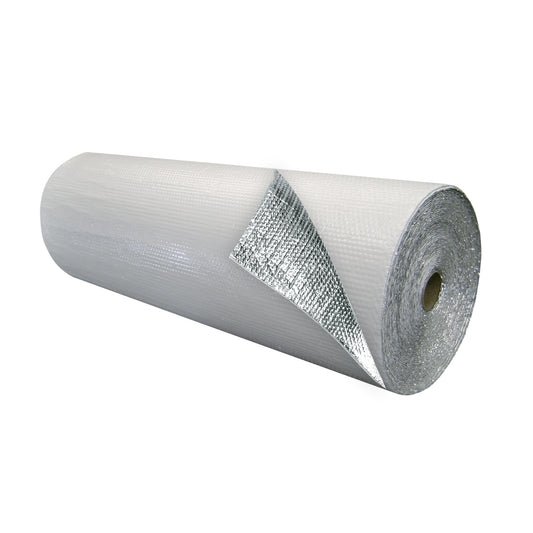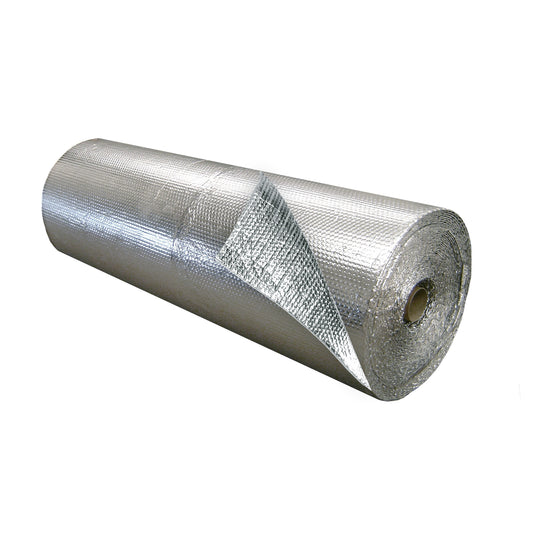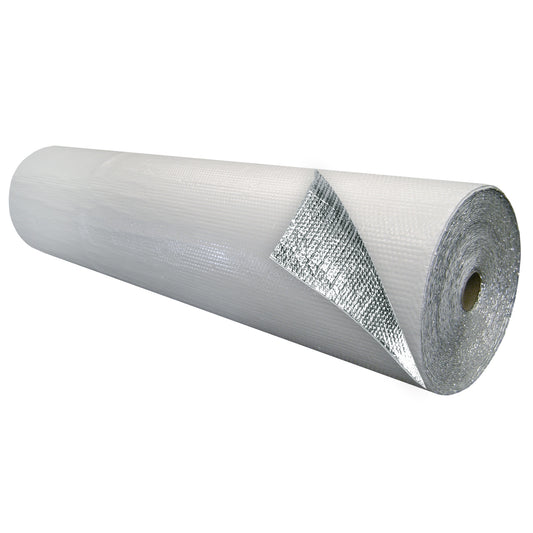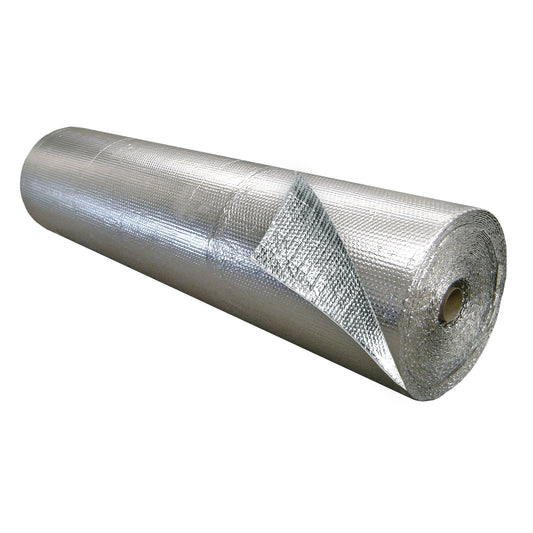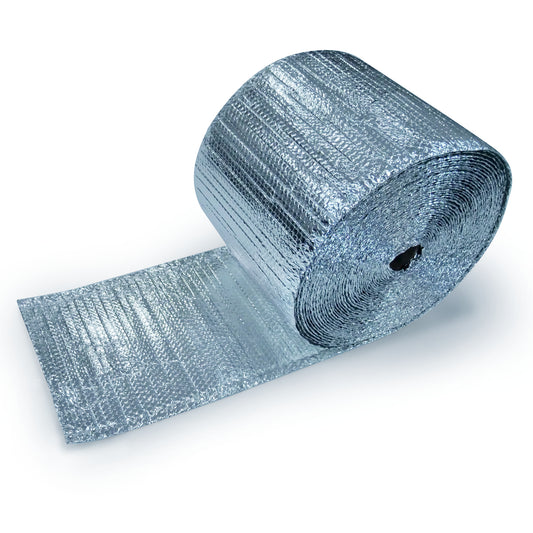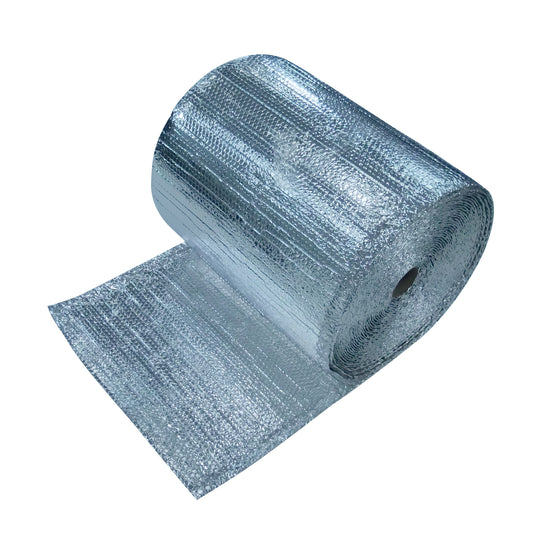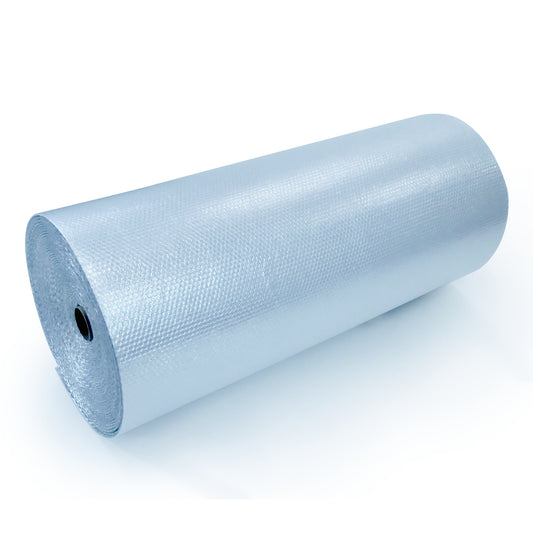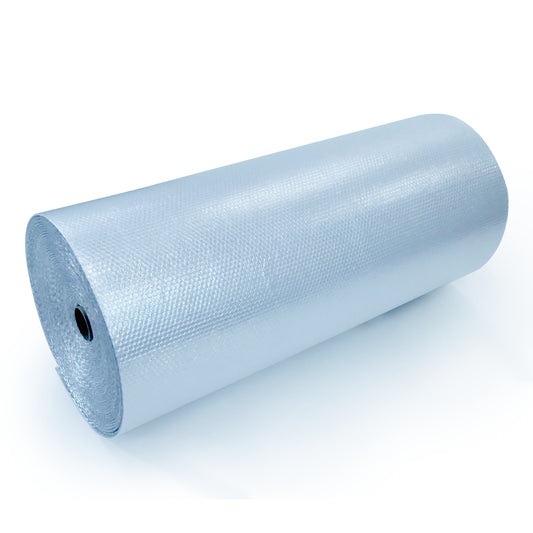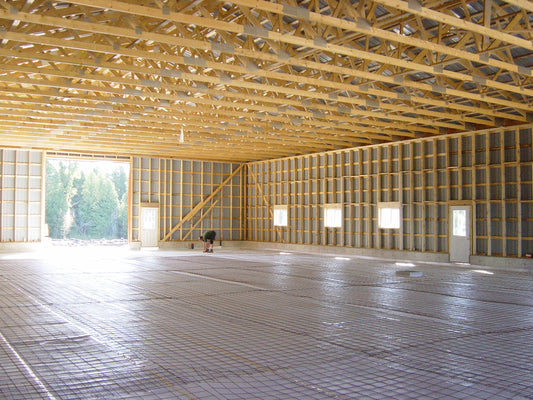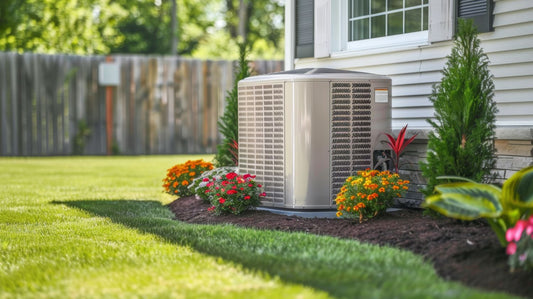R Value is the rating given to any given material’s ability to slow down the transfer of heat.When the R value of reflective insulation is listed, what you are seeing is known as the total system R value. “What does that mean?” you ask. Well, these values are assessed by measuring the system’s ability to restrict heat flow. Instead of testing the insulation itself, a testing agency actually builds a wall and measures how ALL of the materials restrict heat flow. This is a much more accurate picture of how the product will function in a real world installation. You might ask, "What R value is needed for my project?". The answer will depend largely on which area of the country you are in, what your local codes require, and what type of structure you are insulating. If you are insulating an un-heated pole barn in Michigan to prevent condensation you don't need much of an R-value. However if you are insulating the crawlspace of your house in Iowa, you will want a greater R value. If you are trying to keep your garage cooler in southern California you really don't need to worry about the R value. Why? R value is about heat transfer and radiant barrier products don't slow radiant heat down, they stop it!
The amazing thing about reflective insulation is that it is extremely versatile and can be used in many applications.
Another reason R-values vary so much is that the physics of heat transfer are very complicated, and heat travels differently depending on many variables. For example, insulation is most efficient at preventing hot air from going down. Conversely, insulation is least efficient at preventing heat from going up. This is true with all insulation materials. Typically you will find the R value of reflective insulation listed this way:Heat Flow Down = R-10.6 Heat Flow Horizontal = R-6.8 Heat Flow Up = R-5.3
The ratings on many types of insulation, such as fiberglass, are a “best case” scenario based on perfect conditions in a lab and usually measure downward heat flow. In the field there are countless variables that reduce the actual R value such as: improper installation, deterioration, wind, humidity, thermal bridging, and temperature and pressure differences. The only sure way to know the r value of insulation is to measure it in each application.2" x 6" framing on 16" center + R19 Fiberglass Insulation R13.7
2" x 6" framing on 16" center + R19 Fiberglass Insulation + Reflective Insulation R21
BuildingScience.com published a study in which several wall designs were tested for their actual resistance to thermal heat transfer. The results showed that a wall built with 2”x6” construction on 16” centers, insulated with R-19 fiberglass had a whole wall R-value of 13.7. If you add a layer of reflective insulation to the wall mentioned above you will have a total R-value of 21. R values of reflective insulation are obtained from actual system R values, not the insulation itself, thereby providing a more accurate representation of how it will function. So whether you are building a new home or remodeling your current home, take some time to research how the products you buy will actually perform in a real world situation.
More Articles You May Like:
How to Properly Insulate Your Attic (4 Easy Steps)
Installing Radiant Barriers: The Importance of Air Space
LEED & Green Building: What Do They Mean?
What Tools Do I Need to Install Reflective Insulation?
To learn more about R values and reflective insulation, talk to one of our technical experts at: 1-888-349-3645 or message us via our chat feature Monday–Friday 8am–5pm.

